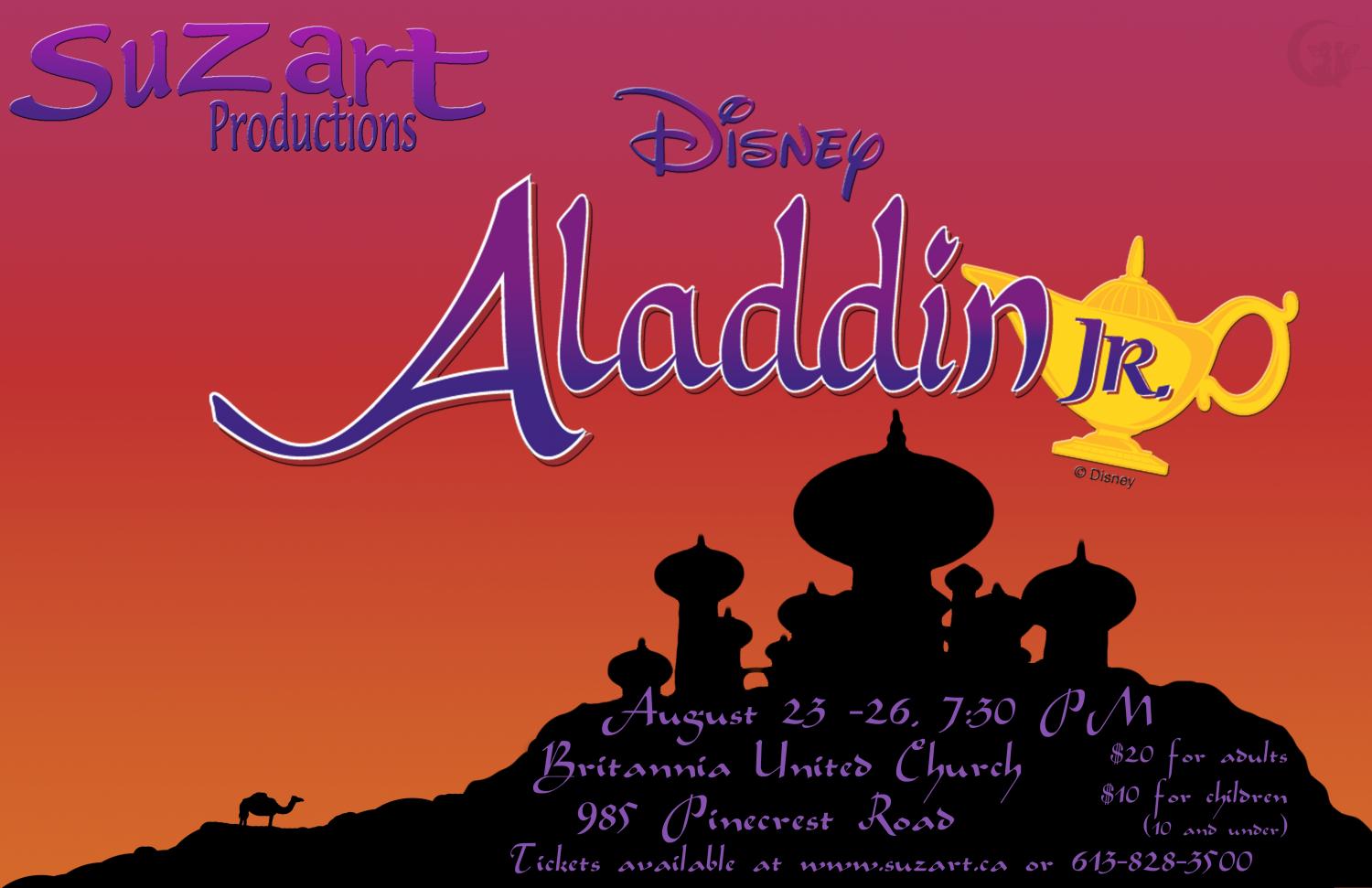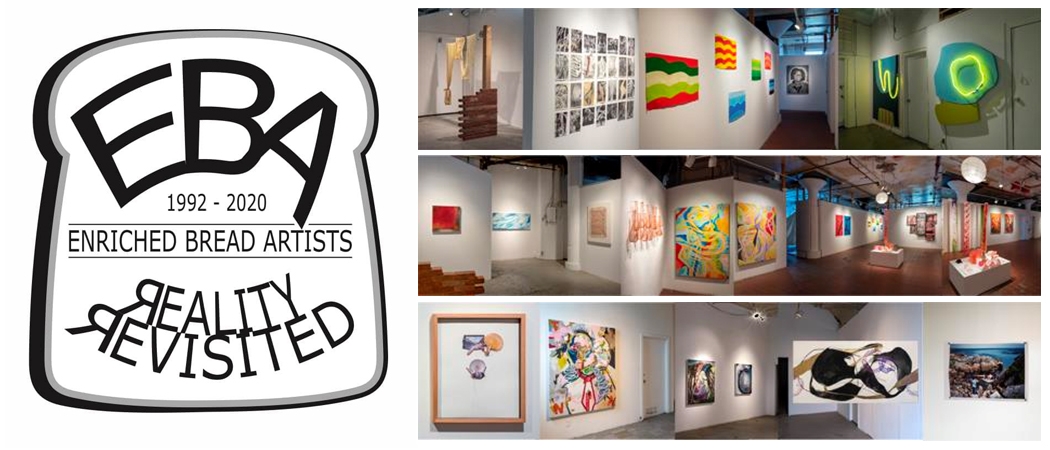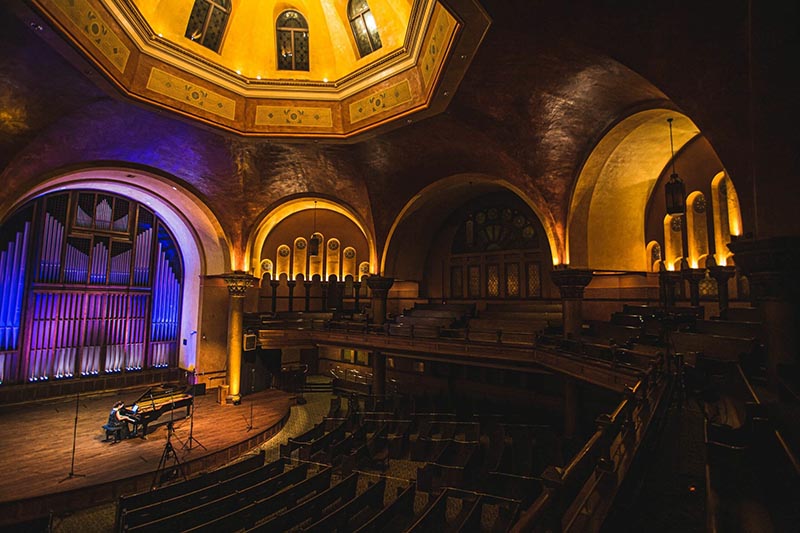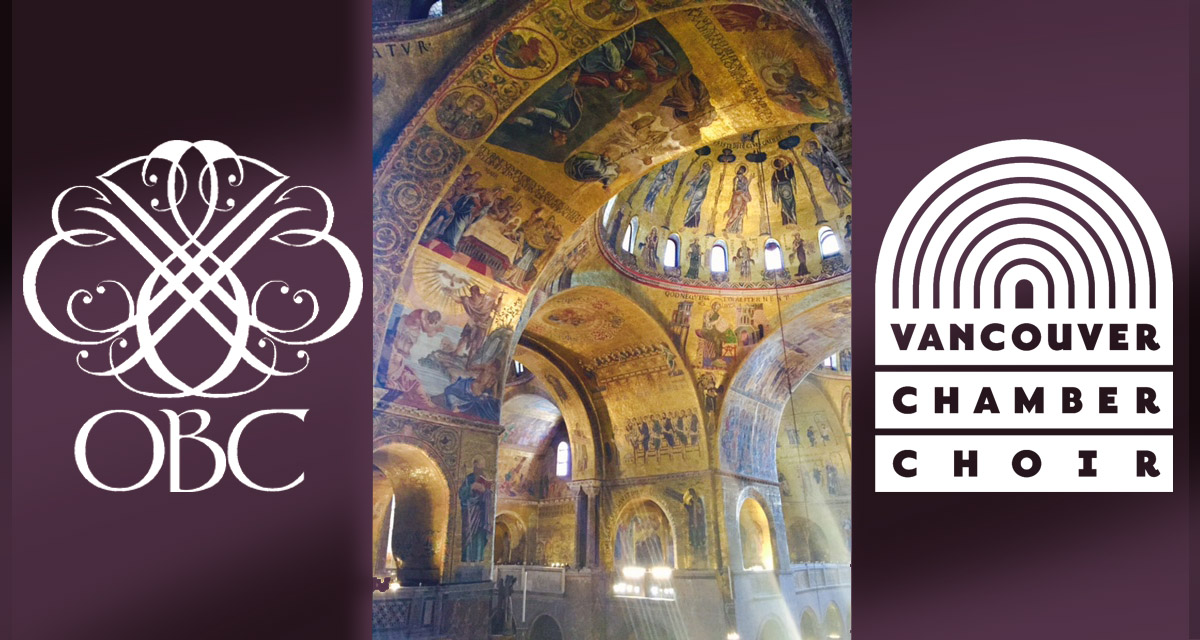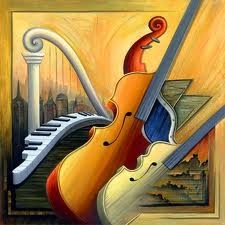
Ottawa Concert Venues and Presenters of Yester-year
In the midst of a vibrant and heady festival season, here is a look back at what made Ottawa a festive place in its earlier days. Short of intentional diving into the audience, or Glastonbury-like group rain shower experiences, the city was graced with rewarding concert presentations.
Ottawa’s Tremblay Concerts were founded by Antonio Tremblay in 1929 and were an active part of the city’s concert activities until 1971; Tremblay’s wife Adine and daughter Suzanne assisted until 1961. Venues included the Grand Opera House, Russell Theatre, Glebe Collegiate, The Capitol Theatre and the NAC (1970-71). A tragic fire at the Grand (1913) and the demolition of the Russell (1928) saw the Tremblay Concerts move to the Glebe Collegiate auditorium flourishing for 12 years (1929-49). From 1942-69 the concerts were held at The Capitol and finally the, then new, NAC.
The Tremblays were no strangers to music presentation. Antonio was born c.1887 and died in December of 1974. He had been a translator for the Canadian government. His first concert was presented at the Capitol Theatre in 1921 featuring the Italian operatic soprano Amelita Galli-Curci. Tremblay was an agent for the then Montreal based impresario J. Albert Gauvin. Adine studied piano with her great uncle Gustave Gagnon and voice with Alice Dion-Parent, Berthe Roy, and Jean Riddez. She often gave recitals and was Constance Lambert’s teacher among others.


Historically, many big names of the day were brought to the city by the Tremblays. The first subscription series (1929) included: Edward Johnson, the English Singers, Jacques Thibaud, Rachmaninoff, and Kathryn Meisle. Music genres ranged from popular performers of the times and classical music including chamber music, opera, ballet and symphonic music. Other stars included a who’s who of artists of the day: Nellie Melba, Artur Rubinstein, and Fritz Kreisler to Victor Borge, Harry Belafonte and Petula Clark. Canadian stars included Teresa Stratas, Jon Vickers and Maureen Forrester. Before the NAC, these concerts were also the first Ottawa appearances of the New York and Moscow Philharmonic Orchestras. The artistic efforts of this Ottawa family were rewarded not long before Tremblay’s death when he and his wife were appointed Members of the Order of Canada in 1974. This was an historically significant honor as they were the first

couple to be so honored.
These concerts filled a void in the city during the early 1960s when Ottawa’s cultural scene was not as vibrant. At that time the city’s Ottawa Philharmonic Orchestra had stopped performances. The best bet for the enjoyment of live performances of classical music were concerts presented at the city’s Capitol Theatre with artists brought in by the Ottawa Philharmonic Society and the Tremblays. Also active at the time was the Ottawa Civic Symphony Orchestra.

The Capitol Theatre was one of the last of the grand opera theatres. A Loews Theatre, it stood at the southwest corner of Queen and Bank Streets. It opened on November 8, 1920. It was a pretty big deal for the company too because in honor of the opening a special train from New York brought Marcus Loew (Loews Theatres founder), Thomas Lamb (designer of the ‘lim rest’, an anatomical handle providing for comfort when holding all kinds of common things from cutlery to crutches) and a group of famous stars of silent films of the day. They were all taken to City Hall, greeted by Mayor, Harold Fisher and then later, on Parliament Hill, welcomed by Senator James Alexander Lougheed. If you thought the reception for the Royals was something, this entourage from the U.S. was also greeted by none other than the Governor General’s Foot Guards and throngs of cheering movie fans! Ottawa’s been in the big deal festive greetings business for some time!
The Capitol, designed by Thomas Lamb, had a grand lobby complete with a breathtaking marble staircase and balustrade. An impressive mezzanine and domed ceiling with a crystal chandelier. Its auditorium included an ornate proscenium arch, hand painted ceiling, box seats and balcony. It was considered one of the grandest of Lamb’s theatres in North America. Its opening was not without a scandal rivaling even the juiciest of today’s Hollywood

gossip; what good opening soiree would be? Reports in the papers of the day spoke of the actress Texas Guinan partying with the celebrities and guests well into the night and dawn of the next day and conducting the ‘activities’ from the Mayor’s chair. Ottawa, not used to this kind of notoriety, reeled (sic) at the idea of the seat of local government being ‘used’ in this way. There may not have been a mosh pit but I’d say Ottawa’s no stranger to a good party! The ‘party’ aside the theatre hosted a stellar cast of performers including: Nelson Eddy, Ethel Barrymore, John Gielgud, Maurice Chevalier, Michael Redgrave, Victor Borge, Pearl Bailey, Nat King Cole, Vladimir Horowitz, Glenn Gould, The Metropolitan Opera Company and the Toronto Symphony Orchestra. The Who and

Hendrix also performed there leaving a legacy of two much sought after bootleg recording from their shows. The Hendrix recording was later released officially as “Live in Ottawa”.
The coming of the National Arts Centre saw the demise of The Capitol among other realities including meager audiences for movies. It closed on May 1, 1970 with the last movie shown being M*A*S*H. A special last hurrah was a benefit including a stage show and showing of Mary Pickford’s, Pollyanna. It was all emceed by Alex Trebek, and the audience sang “Auld Lang Syne”. The dust settled as The Capitol Square complex and those theatres closed in 1999.
All in all Ottawa has always risen to the challenge of providing excellent musical and artistic enjoyment. From the well recognized and worthy efforts of the Tremblay family to the ghosts of the Loews Capitol Theatre’s past, the city continues to excite and entice – great venues, opportunities, events and festivals.

